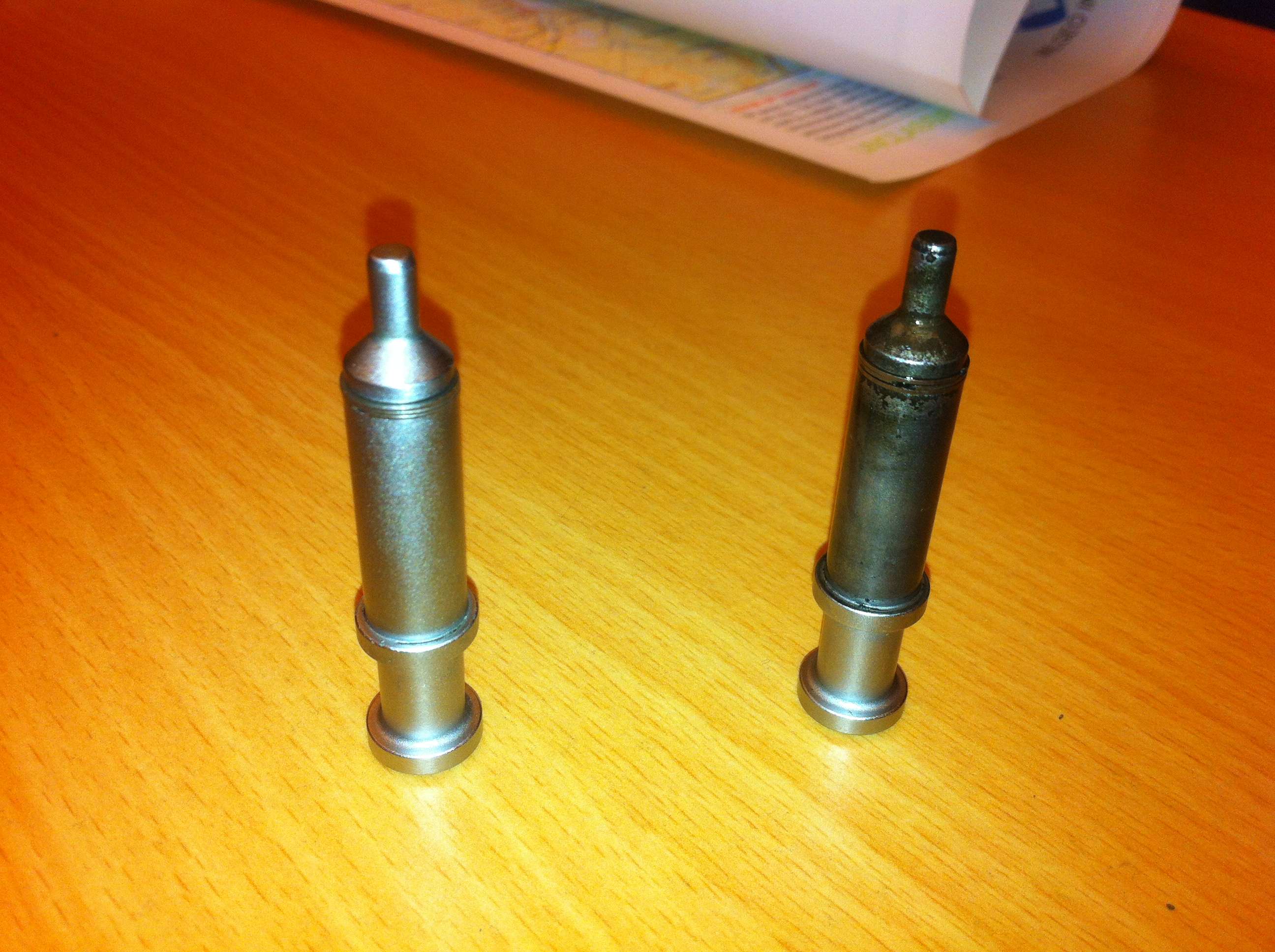
Originally Posted by
Arctic1

I am not arguing those statements at all, and have never said that they are of practical concern.
But to say that a piston gun is just as dirty as a DI gun is nonsense. It is not.
If you aren't arguing those points - that the heat and fouling are a specific disadvantage of the "di" system - than what are you arguing?
Nobody ever got shot climbing over the wall into East Berlin.
Delivering the most precision possible, at the greatest distance possible, with the highest rate of fire possible.





 Reply With Quote
Reply With Quote




Bookmarks